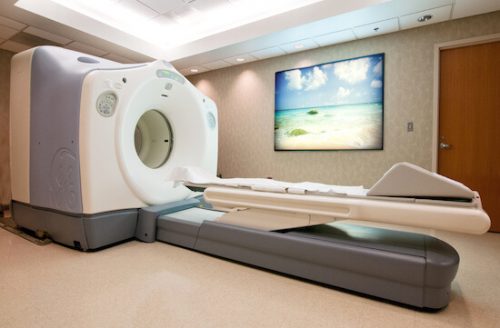If you have ever had an MRI or PET scan, you may have wondered how doctors interpret those images of your brain. For decades, they have used what is known as the Standard Cognitive Model (SCM) to study processes that underlie behavior, such as memory and emotion. “A cognitive model of the brain assumes that [there are] localized brain regions, which are assigned to the performance of cognitive concepts,” explained Robert Shulman, professor emeritus of Molecular Biophysics and Biochemistry at Yale. However, the SCM does not effectively explain what neuroimages of these processes look like and do not have reproducible results. This disagreement has been blamed on technological limitations, until recently.
In March of 2019, Shulman and Douglas Rothman—professor of Biomedical Engineering, Radiology, Biomedical Imaging—proposed an alternative model for studying neuroimages, known as the Non-cognitive Behavioral Model (NBM), to reconcile the discrepancy. In order to experimentally validate their claim, Shulman and Rothman looked at PET scans from consciousness studies. “Our data and numerous PET results show that a high level of brain activity, evenly distributed over the entire cortex is for a person to be conscious,” Shulman said. These results show that there is none of the aforementioned functional segregation in the brain when it comes to consciousness, supporting the NBM rather than the SCM.
Even though Shulman and Rothman’s new idea is unconventional in the field of neuroimaging, it has great implications for the accuracy of future research. “Our brain model changes the way one should plan and interpret neuroimaging studies in order to get reproducible results,” Shulman explained. This study highlights the need for machine learning to aid our understanding of brain function.

